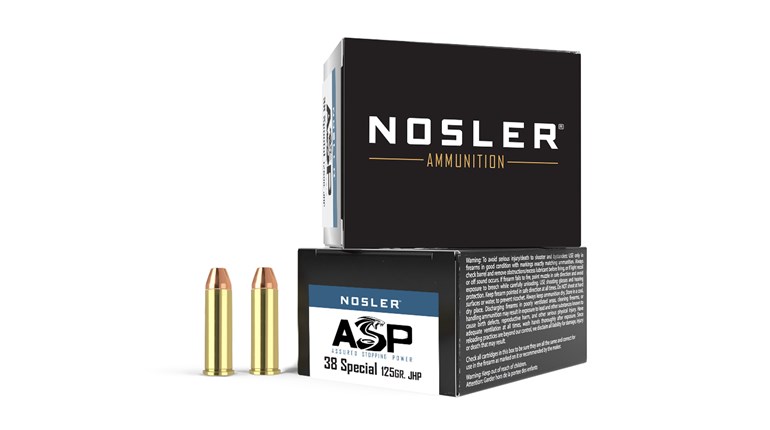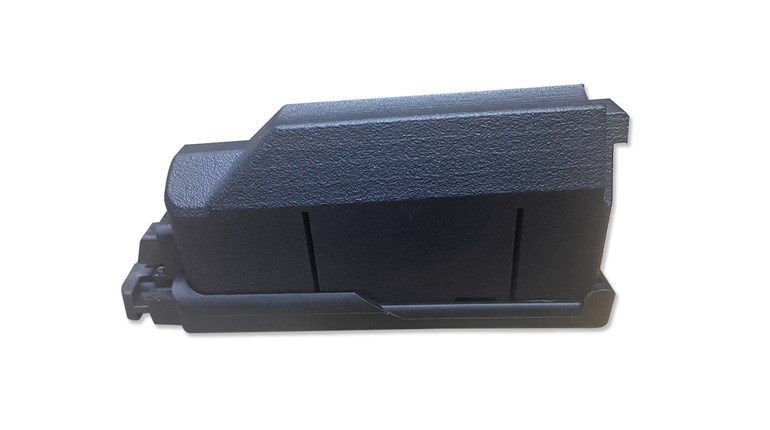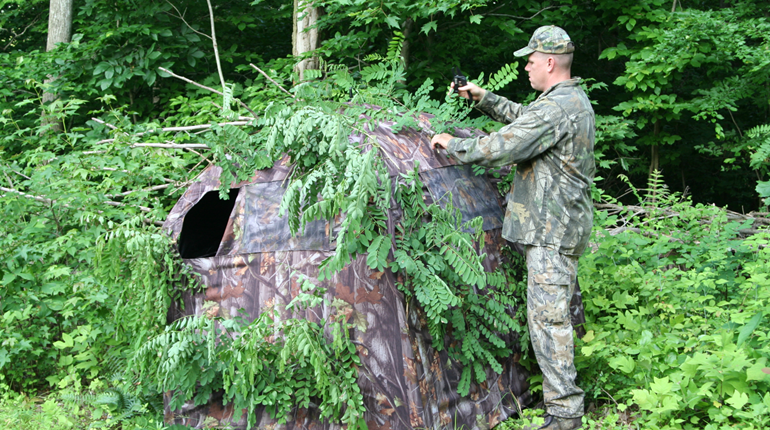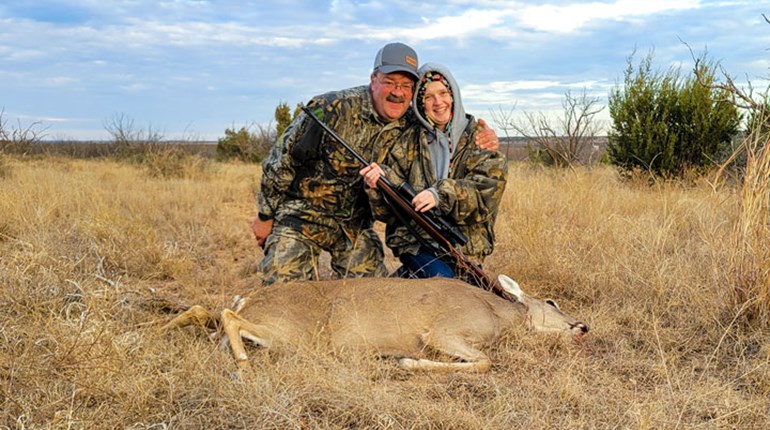
For many, deer hunting is the highlight of the year. To some it's as important as Christmas and birthdays. I remember when I was just starting to hunt on my own-I looked forward to deer season all year. I started planning for the next season before the current season was over. The outdoor world is full of products and gizmos to help deer hunters be successful. However, none of these wonderful things will help you at all if you don't master the basics. Here are five things every deer hunter should know. Master these and you'll find success.
1. Know how to shoot your gun/bow
The biggest buck in the world could stop right in front of your stand. If you can't hit it, and hit it in the right spot, that buck will be nothing but a story to tell at the campfire. It all comes down to practice. You need to practice shooting from the positions you might use while hunting. You need to shoot at targets that look like deer and you need to know where to put your bullet or your arrow. Study deer anatomy and practice hitting the right spot.
2. Think like a deer
Deer are not humans and don't think like humans. Deer are driven by their need for food and desire for security. Find the food source, and you'll find the deer. Find good cover near a food source and you will find where they sleep. Hide yourself along their travel paths, bedding areas or near their supper table and you'll see deer. During the rut, the bucks are chasing the does, but the does are thinking about food. Food is the deer's weakness. They have to go out and find it. They don't have a kitchen full of food at home like you.
3. Use the wind
Keeping your body odor to a minimum is a good idea. Leave your hunting clothes outside at deer camp and don't let the campfire smoke stink them up. Camouflage, spray-on scent killer and expensive odor-absorbing clothes can't hurt, but if you don't use the wind to your advantage none of that will matter. Deer have an incredible sense of smell, and the older the buck, the more it's learned to trust its nose. When you select a stand, consider the wind. If it's blowing toward the direction you expect the deer to come from, move to another location.
4. Use binoculars
The human eye is an incredible tool, but is no match for magnified vision. Some think because they hunt thick timber they don't need binoculars. The truth is you need more help seeing in the thick stuff than you do in open country. Binoculars can help you pick deer out of the tangle. (Remember, you should never use your riflescope instead of binoculars!) You might see deer in cover so thick you cannot shoot, but this just means you need to move your stand. You'll also probably see deer long before they see you. This will give you time to get ready for the shot.
5. Stay on stand
Even when deer traffic is slow and you think they have gone nocturnal as if they were furry vampires, they're still out there. Deer live in the outdoors. They don't have a home to go to or a cave to hide in. Deer also have to move frequently. They can't lie in one spot forever. It's difficult to stay on stand all day, but if you have several stands or like to still-hunt, you can move around when you get restless. Consider taking a book or a handheld video game with you. The key is to stay in the field...because that's where the deer live.
When my son Bat was six he went on his first deer hunt. We set up in a stand with the wind to our face, watching a travel route between a food source and bedding area. We were there at 5:30 a.m., and by 7:00, Bat was getting restless. He played a handheld video game while I scanned the woods with binoculars. About an hour and a half later I spotted a spike buck slipping through the woods. I picked out a spot along the trail and got Bat ready to shoot. Five minutes later, the buck stepped in the spot. Bat drilled it through the heart just like he had done on the deer targets during practice.
So let's recap: Think like a deer and you will find them. Use the wind to your advantage and they won't smell you. Don't give up and go back to camp-you can be lazy the other 51 weeks of the year. Use binoculars to see the deer first and make sure you have practiced enough to make the shot when it's time. Do these things and you will be eating venison all winter and bragging up until next season.
If you enjoyed this article, you may like this one, too.







































